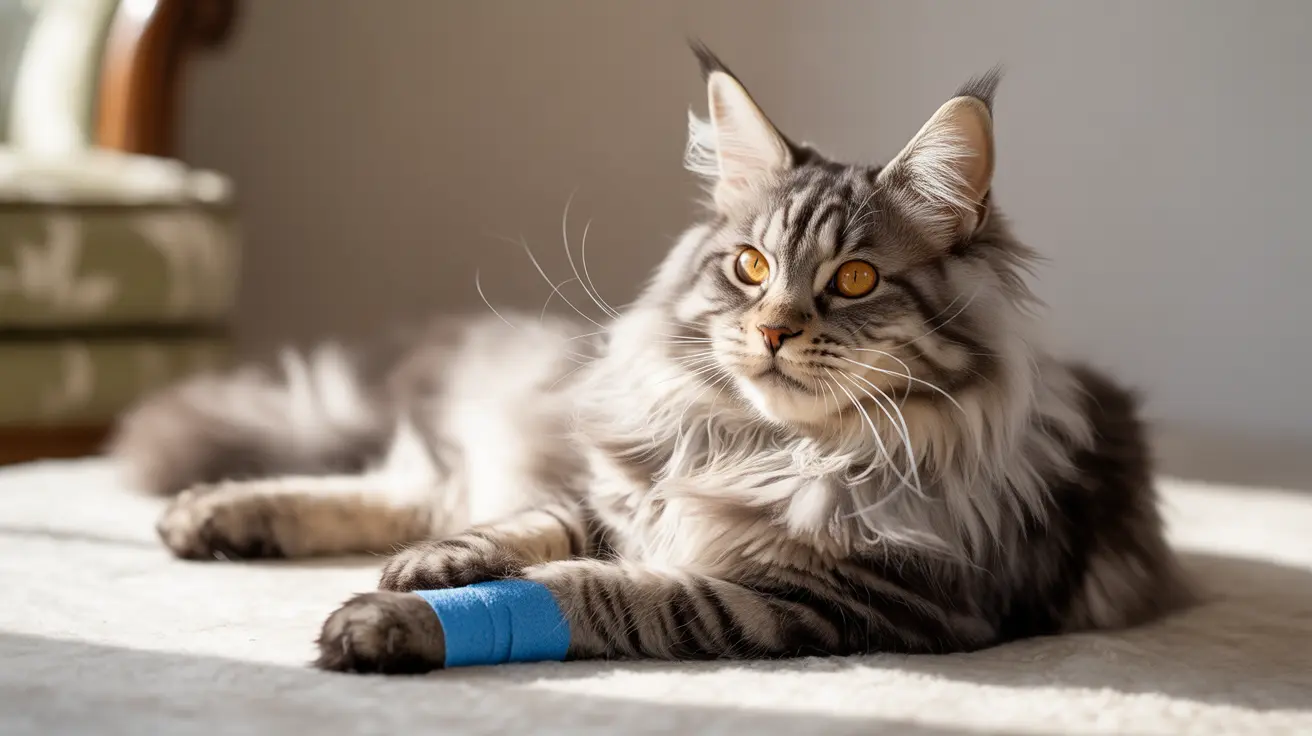Understanding Cat Paw Pads and Their Healing Ability
Cat paw pads are remarkable structures that serve multiple essential functions, from providing traction and shock absorption to helping cats navigate their environment silently. When these specialized tissues get injured, many pet owners wonder if cat paw pads can grow back and heal completely.
The good news is that cat paw pads do possess regenerative abilities, though the extent and quality of healing depend on the severity of the injury. Minor wounds typically heal well, while more severe injuries may result in scar tissue formation rather than perfect regeneration.
The Science Behind Paw Pad Regeneration
Cat paw pads consist of multiple layers of specialized tissue, including a tough outer layer of keratin and inner layers rich in blood vessels and nerve endings. When injured, these tissues follow a specific healing process:
- Initial inflammation and cleaning phase
- Formation of granulation tissue
- Edge-to-edge healing from the wound margins
- Development of new skin cells
- Gradual thickening and toughening of the healed area
While paw pads can regenerate tissue, the new growth may not be identical to the original pad structure, especially in cases of deep or extensive damage.
Healing Timeline and Recovery Process
The healing time for cat paw pad injuries varies depending on the type and severity of the wound:
- Minor cuts and abrasions: 10-14 days
- Deeper wounds: 2-4 weeks
- Severe injuries or surgical cases: Several months
During healing, it's crucial to protect the injured pad and prevent your cat from excessive activity that could reopen the wound or delay recovery.
Treatment and Care for Injured Paw Pads
Proper care is essential for optimal healing of injured paw pads:
- Clean the wound gently with antiseptic solution
- Apply appropriate bandaging to protect the injury
- Change dressings regularly
- Monitor for signs of infection
- Restrict activity during healing
- Use an E-collar if necessary to prevent licking
When to Seek Veterinary Care
While minor injuries can often be treated at home, certain situations require immediate veterinary attention:
- Deep or severely bleeding wounds
- Signs of infection (swelling, discharge, odor)
- Injuries that don't show improvement after 3-4 days
- Complete pad avulsion or degloving injuries
- Burns or chemical injuries
Frequently Asked Questions
Do cat paw pads grow back after being injured or torn?
Yes, cat paw pads can regenerate tissue after injury, though the extent of regeneration depends on the severity of the damage. Minor injuries typically heal completely, while severe injuries may result in scar tissue formation.
How long does it take for a cat's paw pad to heal from a cut or abrasion?
Most minor cuts and abrasions heal within 10-14 days with proper care. More severe injuries may take several weeks to months for complete healing.
What is the best way to care for a cat's injured paw pad at home?
Clean the wound gently with antiseptic solution, apply appropriate bandaging, change dressings daily, and restrict activity. Monitor the injury for signs of infection and ensure your cat cannot lick or chew the bandage.
When should I take my cat to the vet for a paw pad injury?
Seek veterinary care if the wound is deep, bleeding heavily, shows signs of infection, or doesn't improve after 3-4 days of home care. Also consult a vet for burns or chemical injuries.
Can severe paw pad injuries cause permanent damage or require surgery?
Yes, severe injuries can result in permanent scarring or altered pad structure. Some cases may require surgical intervention, especially for complete pad avulsion or extensive damage.
Conclusion
While cat paw pads do have the ability to heal and regenerate, the quality of recovery largely depends on the severity of the injury and the care provided. With proper treatment and attention, most paw pad injuries will heal successfully, allowing your cat to return to normal activities. Always monitor healing progress carefully and don't hesitate to seek veterinary care when needed.






